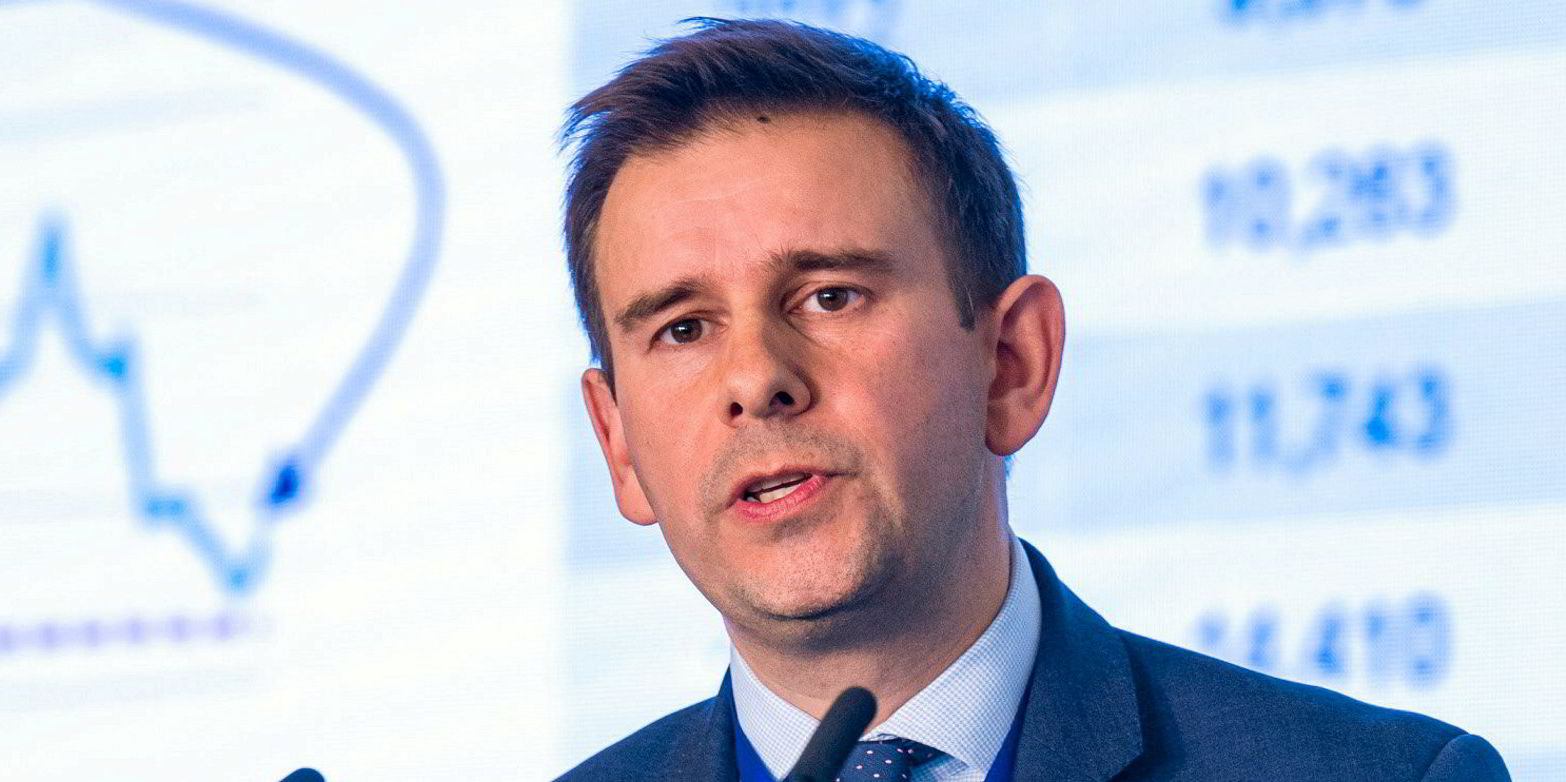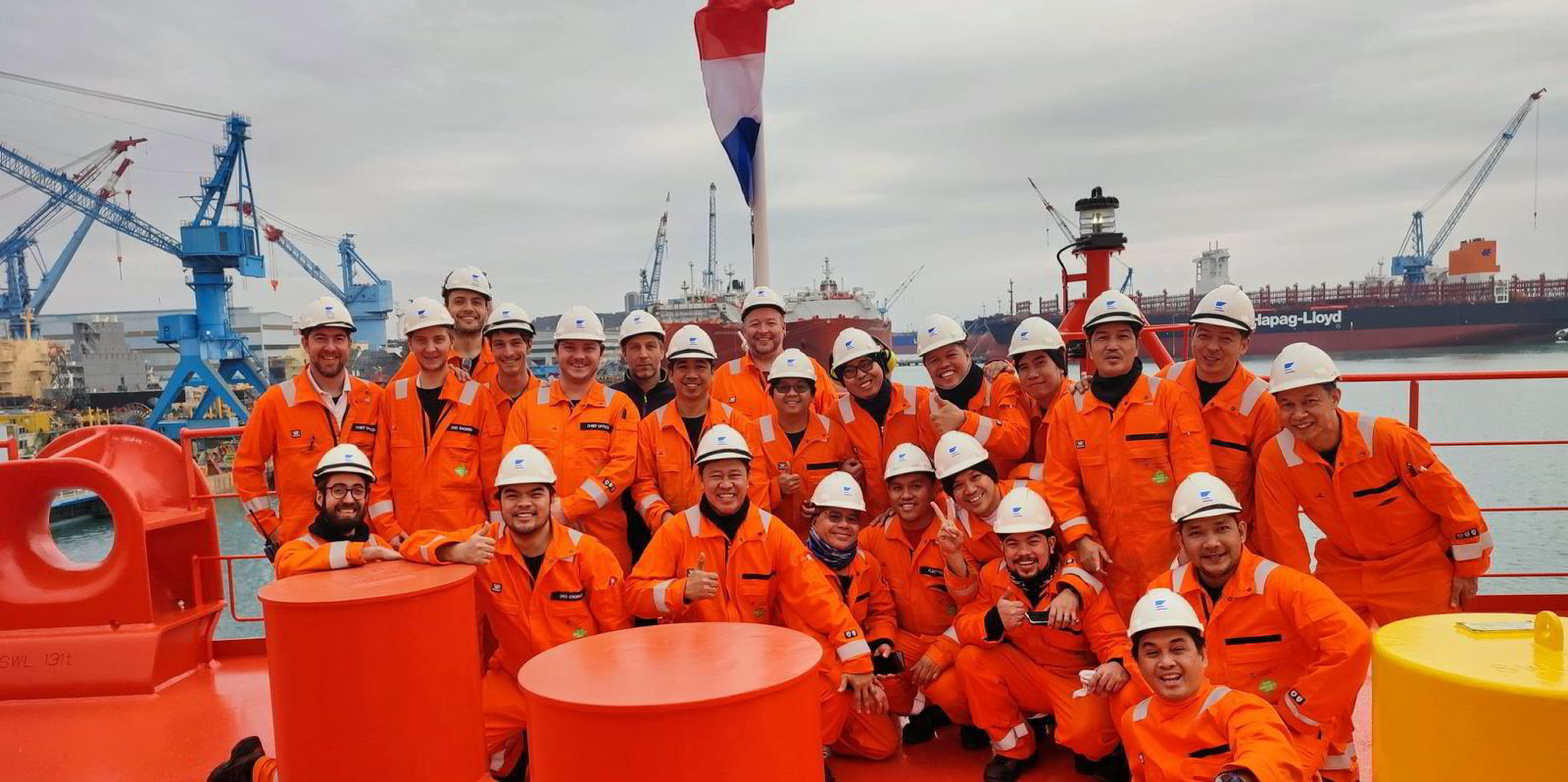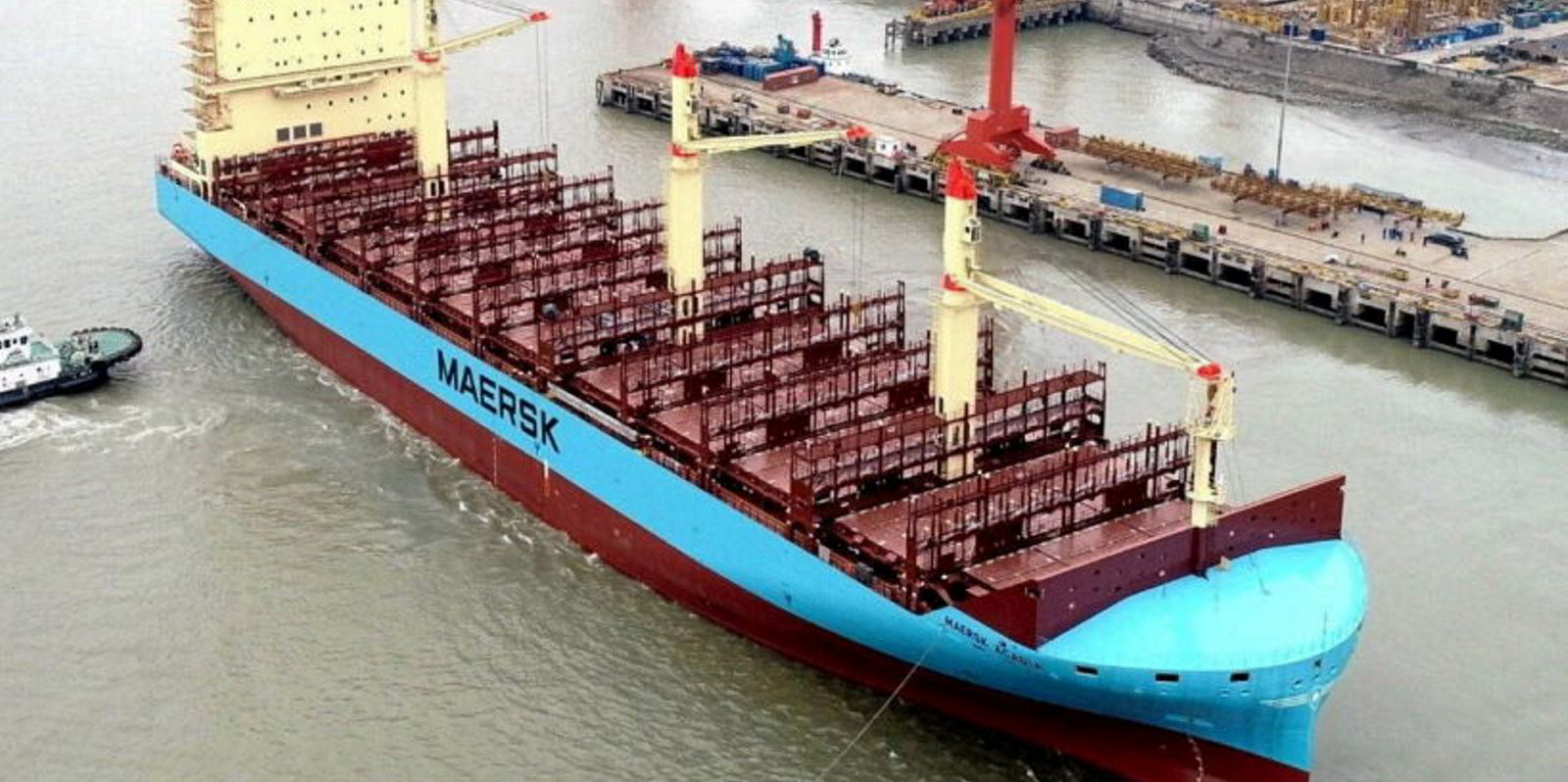Newbuilding order volumes shrank by 39% in deadweight terms in 2022 despite record ordering of LNG carrier newbuildings, according to Clarksons.
Despite improving charter markets, tanker orders fell by 64% to just 8.3m dwt, while bulker orders dropped 54% to 23.9m dwt.
Clarksons said ordering in 2022 was dominated by LNG carriers with a record 182 vessels, or 36% of the orderbook in cgt terms.
Despite being down 40% year-on-year in dwt terms, container ship orders were still the third largest on record with 350 vessels or 29% of the orderbook in cgt terms.
Car carriers rounded out the top three with orders for 69 vessels, or 6% of the orderbook in cgt terms, the shipbroker said.
While order volumes were down on the previous year, more complex ships meant the value of orders placed in 2022 was up 6% to $124.3bn.
Clarksons said China at 49% and South Korea at 38% took the lion’s share of orders, with Japanese orders falling by nearly 50%.
Except for LNG carriers, which were up 18% year-on-year in terms of guideline price to $248m per ship, most other sectors saw single-digit increases or even declines.
However, the big rise in LNG carrier newbuilding prices meant newbuilding prices were 15% higher on average in 2022 compared to 2021.
Clarksons said the price of a standard VLCC at the end of last year was up 7% to $120m, while that of an MR tanker was up 6% to $43.5m.
The guideline price of a 180,000-dwt capesize bulker was unchanged at $60.5m, while that for an 81,000-dwt kamsarmax and a 15,000-teu container ship were down 4% and 1% to $33.5m and $153m, respectively.
Chinese owners were the biggest spenders on newbuildings in 2022, splashing out a total of $18.4bn, followed by Japanese owners on $15.1bn.
Italian owners came third in spending last year, stumping up $11bn on new ships. In contrast, Greek owners opted to “keep their powder dry”, dropping just $8.5bn at shipyards in 2022.
Shipbuilding capacity is estimated to have shrunk by 40% over the past decade, with only 131 “large” active yards last year versus 321 in 2009, according to Clarksons.
“Our monitoring of individual facilities suggests only moderate or marginal capacity increases in the medium term,” the shipbroker said.
As for the smaller scale yards, ie, those capable of building vessels of more than 1,000 gt, the number receiving an order in 2022 shrank by 17% to 353.
Regarding fuel transition, 61% of tonnage ordered in 2022 or 35% by number, was alternative fuelled, with over half of the tonnage ordered — some 397 units, or 36.7m gt — opting for LNG dual fuel.






